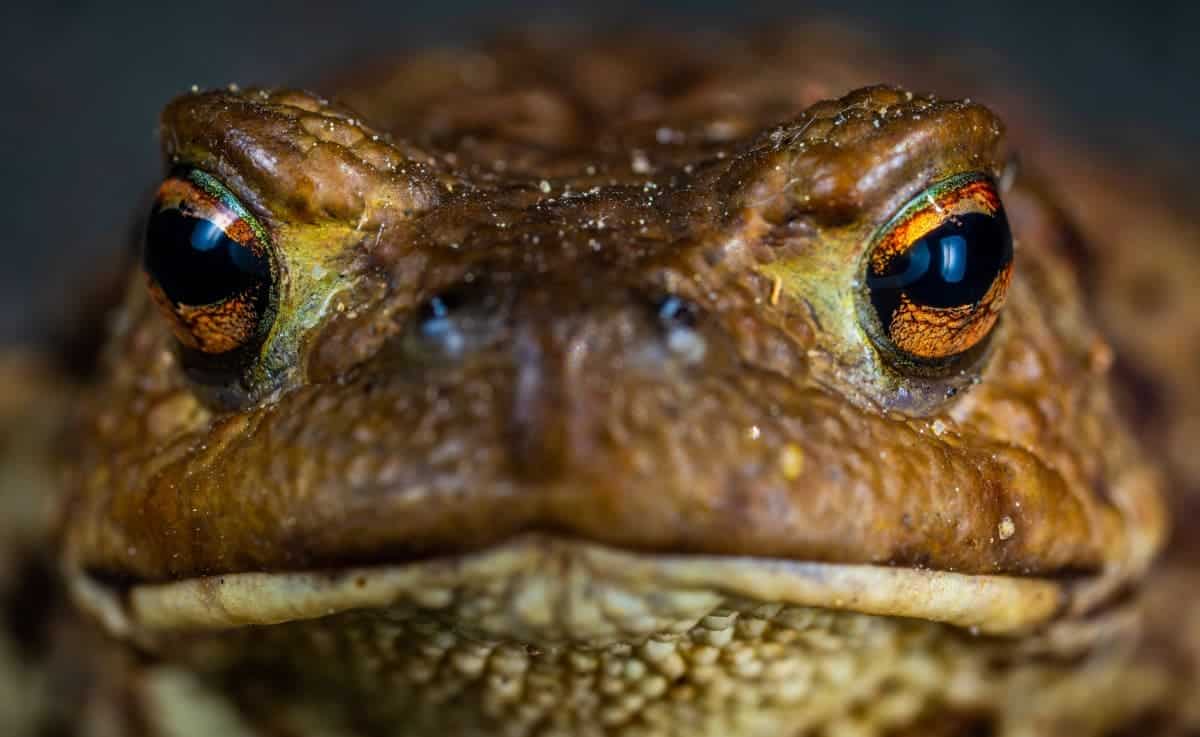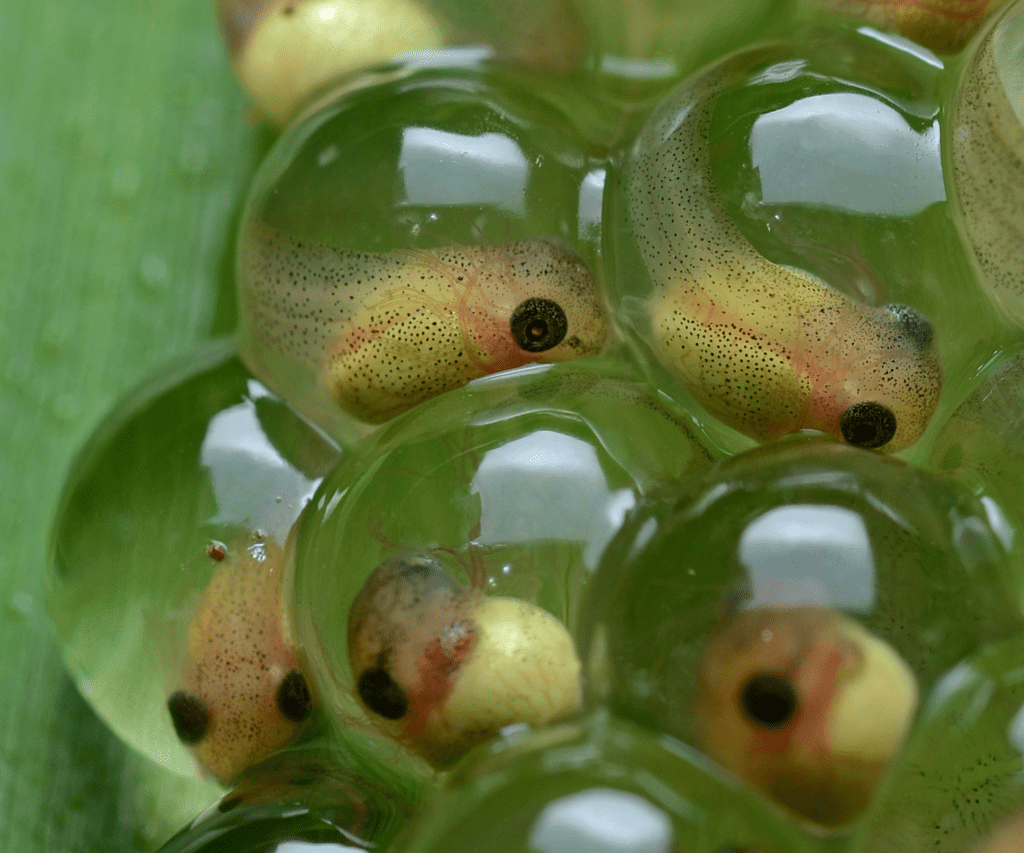For cane toads in Australia, the biggest enemy is often… other cane toads. Cannibalistic tadpoles often munch on hatchlings like it’s an eating contest, and they do it so much they’re pushing the hatchlings into developing quicker — but this comes at a cost.

It had to be Australia
The first cane toads (about 100 or so) were brought to Australia in 1935, in an attempt to control the cane beetles that had been running rampant through the plantations. Not only did the toads not eliminate the beetles, but they became a problematic invasive species themselves, multiplying way beyond control.
It’s a sad story that Australia went through multiple times, with different animals. Because they are poisonous, the cane toads (Rhinella marina) have no natural predators and went on to grow and spread throughout large swaths of the country. To make things even worse, carnivorous marsupials in Australia can mistake the toads as their prey, falling victim to the toxin.
But although adult toads can be quite menacing (measuring 25 cm, or 10 inches long), it’s their tadpoles that are carnivorous (at least most of the time).
It’s not that uncommon for tadpoles to become cannibalistic, many frog and toad species do it. Normally, they only get snippy and try to eat their relatives in the pond when resources are scarce. But in the case of the Australian cane toads, this seems to be happening a lot.
A single clutch can have thousands or even tens of thousands of eggs. The tadpoles that hatch earlier can then gobble up the unhatched eggs — and they do it like there’s no tomorrow. Researchers have documented cases where over 99% of the hatchlings in a clutch were consumed by just a few tadpoles.
Jayna DeVore, an invasive-species biologist at Tetiaroa Society, a non-profit organization in French Polynesia, wanted to see whether all cane toads do this or just the Australian invaders. Along with her colleagues, she carried out a few experiments.
In one such experiment, repeated 500 times with different individuals, the researchers placed a tadpole in a container with 10 hatchlings. They found that all tadpoles engage in some cannibalism but hatchlings were “2.6 times as likely to be cannibalized if that tadpole was from Australia.”
In another experiment, tadpoles from invasive toads were much more attracted to hatchlings than non-Australian ones. The researchers placed two traps, one that was empty and one that held hatchlings. The Australian tadpoles were 30 times more attracted to the hatchlings than the other ones.
An arms race

Of course, the hatchlings aren’t sitting still. Well, they are, in a pond, but they’re not still from an evolutionary perspective.
Hatchlings in Australia are developing at a much faster pace than the others. This comes at a cost — when they reach the tadpole and mature stages of their life, they will not be as well-developed as their non-Australian peers, but it beats being devoured by a tadpole.
Even more impressively, the hatchlings seem to speed up the pace of their development when they sense a chemical released by other tadpoles. Since it’s not worth the cost of developing quicker when there’s no risk of cannibalism, the hatchlings only do it when they sense competition.
“Here, we find that toad tadpoles from invasive Australian populations have evolved both a strong behavioral attraction to the vulnerable hatchling stage and an increased propensity to cannibalize these younger conspecifics. In response, these toads have also evolved multiple strategies for reducing the duration of the vulnerable period, indicating an evolutionary arms race between the cannibalistic tadpole stage and the vulnerable egg and hatchling stages in invaded habitats,” the researchers note in the study.
Although cannibalism is generally a dangerous strategy, in the case of the cane toads, it could be helpful. Tadpoles that consume their relatives aren’t just getting a lot of nutrients — they’re eliminating competition for the pond resources, which are sometimes scarce.
But the good news is that at the very least, this works as a form of population control, limiting the spread of the invasive species.
It’s also a remarkable demonstration of how fast evolution can trigger change very fast. The toads roaming Australia now are notably different from those who first stepped foot on the continent. Australian cane toads are a frightening bunch: not only are they cannibalistic invaders, but they’re also evolving at a very rapid pace.
The study was published in PNAS.
This story originally appeared in 2022 and was updated with new information.









